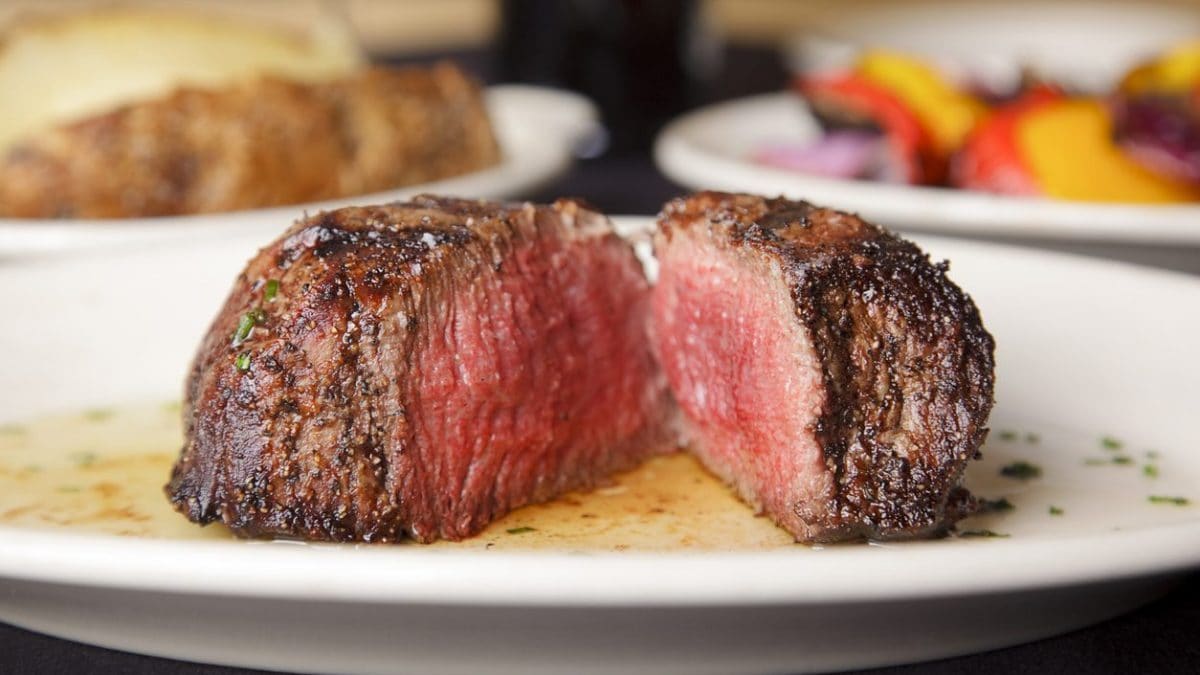
If you're a meat lover, you know: meat lovers are particularly fond of cooking it rare, that is, the type of cooking that cooks the meat only superficially while leaving the inside redder and more tender, thus creating a contrast between the well-cooked crust on the surface and the meat underneath, which is more "raw."
What you may not know is that not all types of meat are suitable for rare cooking: partly for taste, as some varieties are tastier than others prepared this way, but above all for health reasons. Undercooked meat is dangerous because it could be contaminated with bacteria and therefore expose you to a serious risk of poisoning if consumed. And while this applies to all meats, some are more at risk of bacterial contamination than others.
So, what types of meat are safe to eat rare, and which should always be cooked very well? Let's find out together, starting with a basic principle that might seem obvious, but isn't: the meat, however you cook it, must be certified and of the highest quality.
What Does it Mean to Cook Meat "Rare"?
Raw, rare, medium, well done: meat can be cooked in various ways, and the difference lies in the length of time the product is exposed to the flame. In our specific case, cooking "rare" is the most misunderstood, because many believe the name refers to the actual blood present in the meat. This is a mistake: even if a red liquid that might resemble blood oozes out when cut, it is actually a protein called myoglobin found in animal muscle tissue.
This myoglobin, at high temperatures during cooking, tends to denature and coagulate, producing the red liquid you see. In reality, if you've purchased quality meat, especially if you've bought it from a butcher, the animal's blood has been carefully removed early in the slaughter process for food preservation reasons.
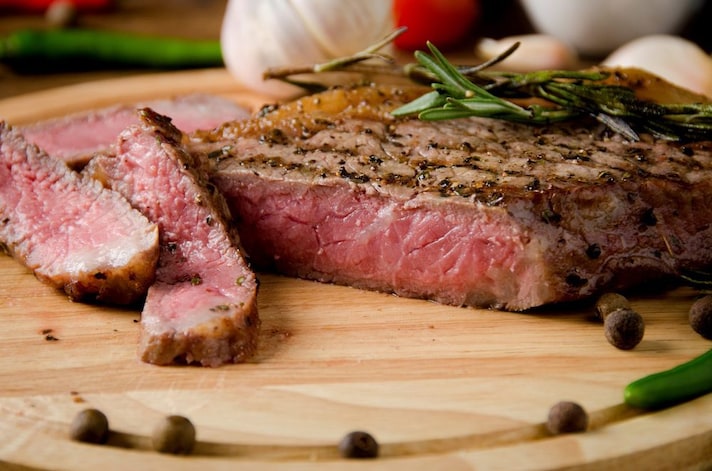
Rare cooking simply means that the meat is in contact with the flame for a few minutes, thus creating a perfect crust, but remaining less cooked and redder on the inside. In this category, there are actually two different variations: blue cooking, with the meat essentially only seared for two minutes on each side to induce the Maillard reaction, maintaining a core temperature of between 105-113°F/40-45°C, and rare cooking, with the thermometer reaching 122-125°F/50-52°C and the meat remaining in the pan for a couple of minutes longer in total.
Which Meats Can Be Eaten Rare and Which Ones Should Be Avoided?
Now that we've clarified the correct definition of rare, let's move on to understanding which type of meat is suitable for this cooking method, that is, which meat is more or less at risk of bacterial contamination. The most suitable meat for rare cooking is beef: if you've ever tasted a good Florentine steak, you'll know that beef in particular is ideal for this cooking method, especially cuts like steak, fillet, and sirloin. Red meat, then, but only from these specific animal varieties.
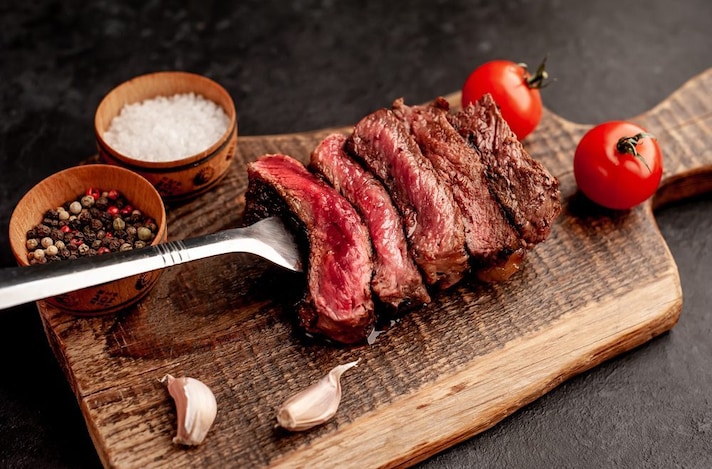
Be careful, because this doesn't mean these meats are free of bacteria at all: the difference is that, if and when they are present, they remain on the surface and are more difficult for them to penetrate the meat. This means that the brief surface cooking manages to neutralize them and that the meat inside, which remains "rare," is completely safe. Lamb and duck are also highly sought after rare , as prolonged cooking tends to dry them out, but here you need to be a little more careful, raising the cooking temperature to avoid too many risks.
Only certain cuts of lamb, such as chops, racks, or leg steaks, can be eaten rare: it is essential that the outer surface is thoroughly cooked to eliminate any bacteria. For rare, the internal temperature of the meat should reach 122°F (50°C), while for medium rare, the temperature should be around 130°F (54°C). Minced meat (such as lamb burgers but also beef) or large, complex cuts (such as the shoulder or whole leg) should never be eaten rare, as it is difficult to guarantee that the interior is safe.
As for duck, the breast is best served rare, or better still, medium rare: it should reach an internal temperature of 135°F/57°C, or 147°F/64°C if you prefer it cooked closer to medium. However, other thicker and larger cuts, such as the thighs, should be avoided.
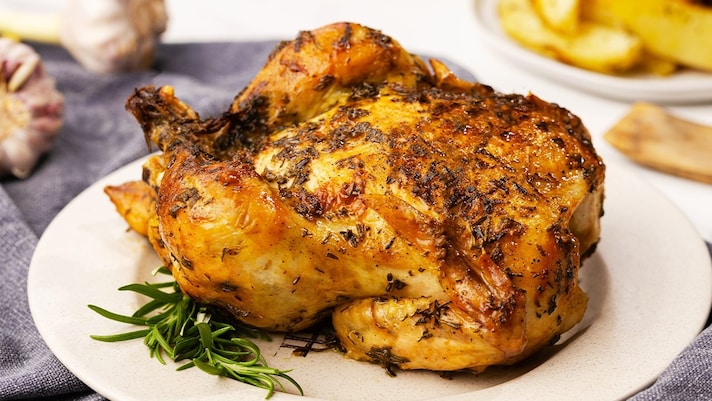
Among the meats you should never eat rare, however, are white meats in general —chicken, turkey, and rabbit —but also pork and game such as venison or wild boar. In these cases, bacterial growth is much more frequent, and more importantly, the bacteria penetrate the meat, so superficial cooking wouldn't be enough to neutralize them. Chicken and pork, in particular, are highly susceptible to contamination and should always be consumed well-cooked.
Finally, be careful with hamburgers, meatballs, and ground meat of any type, even beef, which is theoretically one of the "safe" meats for cooking rare. Experts explain that when meat is handled extensively, as is the case with minced meat, the risk of bacterial contamination is very high, even if the animal was originally healthy.
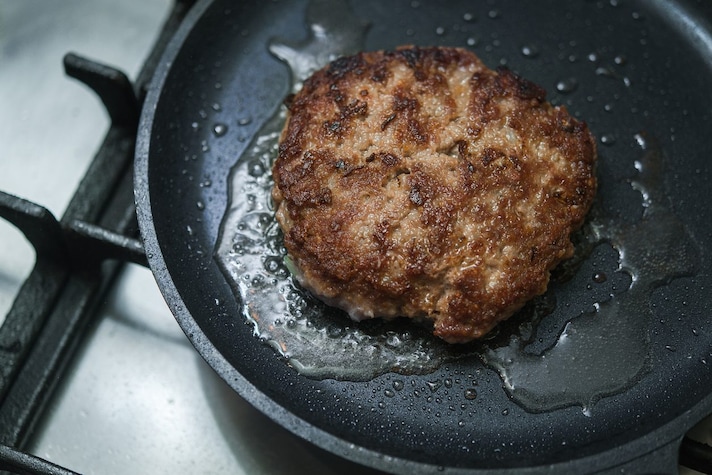
Also, because minced meat is often made not from a single variety but from multiple animal types and many different cuts, any bacteria could penetrate and remain inside the product during the mixing process. For this very reason, it's always best to cook any type of minced meat thoroughly and not leave it partially raw.
;Resize,width=767;)
